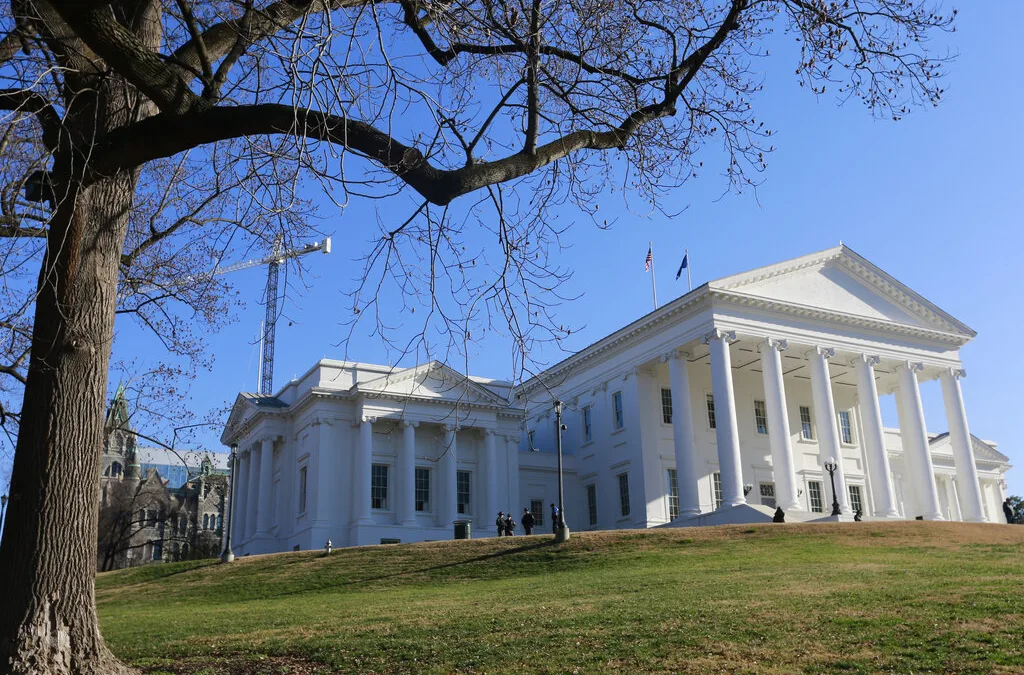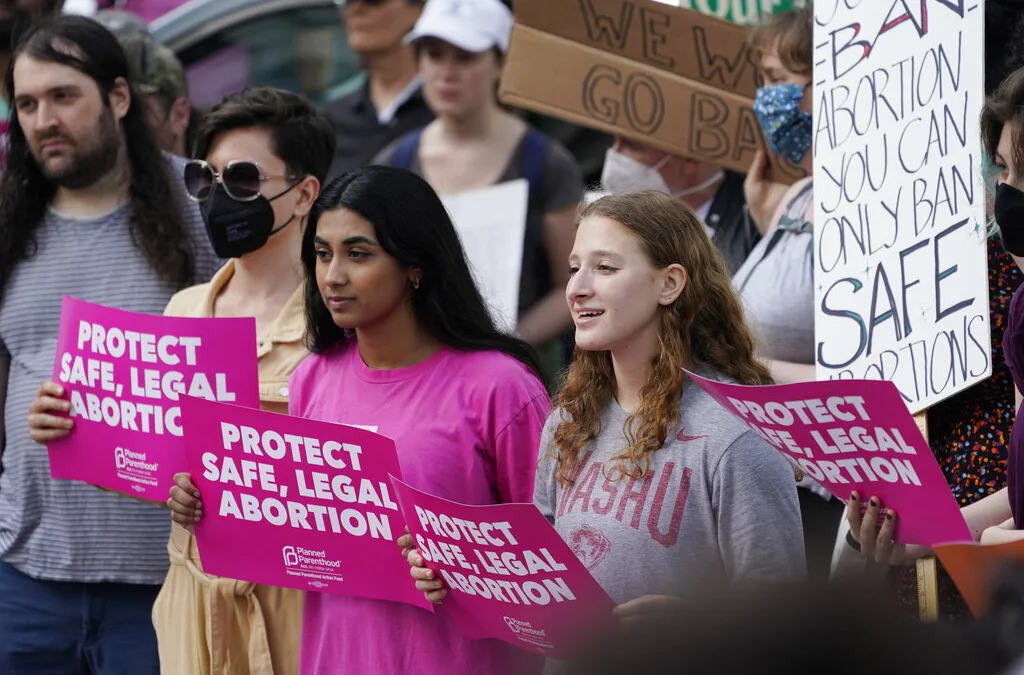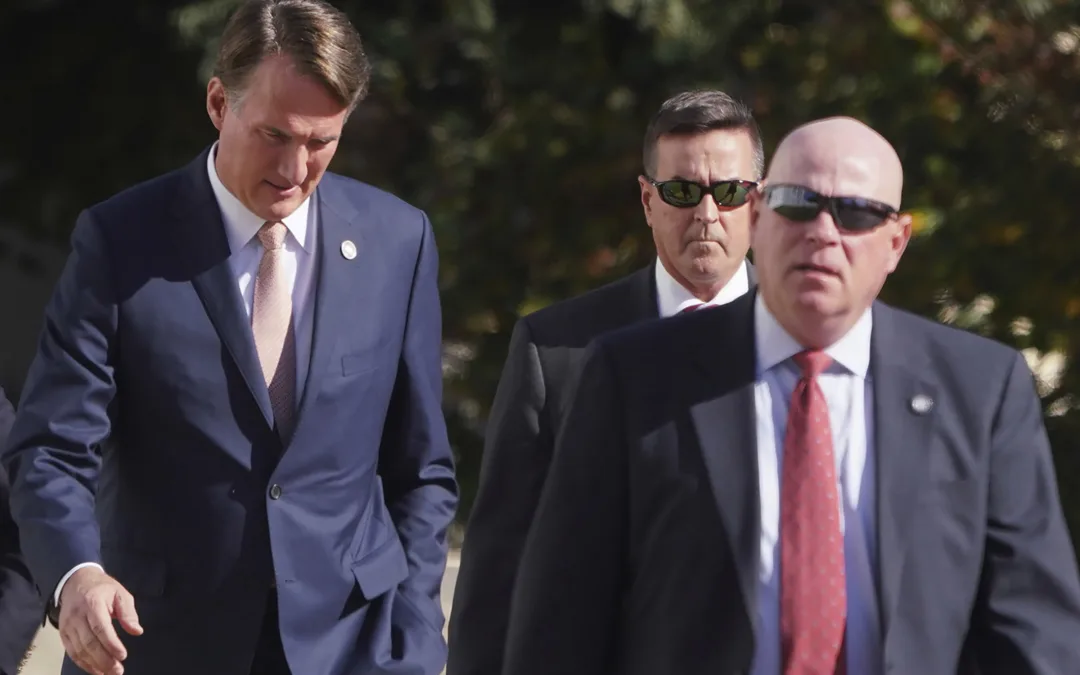
Teachers and students continue to adapt to the new normal, even when internet connections fail.
COLLINSVILLE – If you’re a student or teacher who had trouble logging into class over the past year, you’re not alone. Hundreds of thousands of Virginians in places like Henry County still live without reliable broadband internet.
In February, BroadbandNow released a series of grim numbers.
The company found that across Virginia, approximately 697,000 Virginians do not have access to a wired internet connection of 25 Mbps or more. There are also 608,000 Virginians who have access to only one Internet Service Provider. Another 306,000 Virginians don’t have access to any wired internet options at all.
When the pandemic hit and school buildings closed, that left some students in the dark.
Many got creative, sitting in fast food restaurant parking lots, public school parking lots and library parking lots, some of which offered free Wi-Fi. Others dealt with unstable connections, but powered through.
Coverage Doesn’t Equal Accessibility
According to Broadband now, 96.5% of Henry County has broadband coverage. However, that doesn’t mean every house has internet accessibility.
The local school division headquartered in Collinsville, Henry County Public Schools, offered assistance to students who did not have stable connections.
“The division has been able to support some students who don’t have internet in their homes but do have accessibility in their area by checking out MiFis. Additionally, we have opened Wi-Fi hotspots at our schools so that materials can be downloaded to devices and used offline as needed,” said Monica Hatchett, HCPS communications director. “In the event that a student does not have internet availability, the classroom teacher is always prepared to work with the student to devise alternate assignments that may take a variety of forms.”
A MiFi is a wireless router that can be used as an internet hotspot. But that’s a temporary fix at best, as the district’s units have a restricted number of hours. After a certain point, the student’s time runs out.
In nearby Martinsville, the Martinsville City Public Schools division also helped students secure internet access. They did so by connecting to the city’s internet, an option available through grant funding that ensured every child had internet accessibility. The division also put supports in place.
“Our students and our teachers have taken remote learning and really run with it,” said Dr. Zeb Talley, MCPS superintendent. “We haven’t had a lot of technical problems [but] we have two technical hotlines that we use. That’s every day. [The hotlines are] for kids and maybe parents because they may not understand the technology. We have those hotlines and they’re staffed by two people. They work daily to assist with any problems we have, technically or whatever.”
But again, that’s a temporary fix. The grant funding doesn’t last forever.
In the Classroom
While some students in Henry County faced difficulty logging into class, the challenges didn’t stop there.
When the division switched to hybrid learning – where students rotate between attending class in-person and online – internet issues also arose at the local schools.
Several factors played into internet outages that occurred within the buildings during the school day.
“While we have experienced lags due to increased use in the area, some outages have been server-based and we did experience an outage due to an attack on our network recently as well,” Hatchett said.
Earlier this month, the division experienced three outages in the span of one week. In some cases, the internet was back up and running an hour later. But in others, it went off at 9 a.m. and didn’t come back on until 1 p.m. That creates problems for both those in the class and everyone working remotely.
Beth Deatherage switched her work life to home when the pandemic struck. The COO of creative agency Momenta also set up a schoolwork space for her son, second grader Archer Deatherage, who virtually attends Patrick Henry Elementary School in Martinsville.
While the Deatherages have reliable internet now, that was not always the case.
“We haven’t had problems, so we’re very fortunate there,” Beth said. “We have lived in places where we didn’t. And I don’t know how anybody could survive it. We could barely survive it when we didn’t need to do those things. Just watching TV was horrible.”
In these situations, how do you teach remote students with no internet? What about your kids in-person, how do they use the programs they need without access?
What’s The Solution?
If you’re wondering why the state hasn’t stepped in, they have. However, private companies run Virginia’s internet infrastructure. And they have to base decisions on if it’s financially feasible.
Is it worth spending $15 million to expand high-speed internet to a rural community of 30 to 40 homes? Or should they spend the same amount and expand in a city, with 300 to 400 new homes gaining access? Which decision is going to be the most cost effective?
That’s why parts of Virginia need state or federal funding to expand, or in some cases build, their network. And part of how they make that happen is through the American Rescue Plan.
The American Rescue Plan, which Joe Biden signed into law in March, allocated funds for broadband expansion. Specifically, there’s $17 billion set aside for broadband projects.
Now, to be clear, that’s $17 billion for the entire country, so it’s not an instant band-aid for Virginia’s issues. And lack of broadband is an issue, not just for Henry County but across the Commonwealth. Overall, 11% of Virginia residents have no access to any type of internet service. That’s according to the 2019 Commonwealth Connect report.
Pushing Forward
The American Rescue Plan won’t solve the problem for places like Henry County. Neither will the state’s much smaller plan, rolled out in March.
Gov. Northam gave out $20.1 million in grant funding to 17 counties and cities. That money will fund 11 projects to improve broadband infrastructure.
What does that mean in real terms? It’ll connect more than 13,400 households, businesses and other companies to high-speed internet. In some places like Gloucester County, that means building one of the first wireless networks in the area.
In Montgomery County, $919,569 will help expand the area’s broadband network. That means connecting 44 businesses in Alleghany Springs, Elliston, Lafayette and Shawsville, as well as more than 1,200 homes. That’s how we’ll solve Virginia’s broadband problem, state and federal officials say. We have to build step by step, going one project at a time.
“We still won’t get to the full 97% coverage across Virginia that I think we should be shooting for [right now],” Sen. Mark Warner said. “We’ll probably need to look at some additional funding in an infrastructure bill down the line.”
President Biden has proposed a $2 trillion infrastructure package, but doesn’t appear to have enough support for it to pass. That would include money for broadband expansion, as well as traditional things like roads and bridges.
However, speaking in a media Q & A session, Warner noted the importance of the current funds.
“It is extremely important for not just the 700,000 Virginians who don’t have any access to broadband, but those who have access to very slow service or unaffordable service,” Warner said. “Relief is on the way.”
Amie Knowles reports for Dogwood. You can reach her at [email protected]
Support Our Cause
Thank you for taking the time to read our work. Before you go, we hope you'll consider supporting our values-driven journalism, which has always strived to make clear what's really at stake for Virginians and our future.
Since day one, our goal here at Dogwood has always been to empower people across the commonwealth with fact-based news and information. We believe that when people are armed with knowledge about what's happening in their local, state, and federal governments—including who is working on their behalf and who is actively trying to block efforts aimed at improving the daily lives of Virginia families—they will be inspired to become civically engaged.


VIDEO: Your support matters!
Your support matters! Donate today. @vadogwoodnews Your support matters! Visit our link in bio to donate today. #virginianews #virginia #community...

Op-Ed: Virginia’s new Democratic majorities pass key bills to improve your lives, but will Youngkin sign them?
The 2024 Virginia General Assembly regular session has wrapped up. It was a peculiar session from the outset, with Democratic majorities in the...

Op-Ed: Why Virginia Needs A Constitutional Amendment Protecting Reproductive Freedom
Virginia’s recent election season in 2023 drew in eyes from all over the country. Reproductive freedom was on the line and Virginia remained the...

From the state rock to the state flower, here’s how Virginia got its symbols
Have you ever wondered why the Dogwood is the state flower? Or how the cardinal became the state bird? We’re here to answer those questions and more...

VIDEO: Second-gentleman Douglas Emhoff gives speech on reproductive freedom
Second gentleman, Douglas Emhoff touched on reproductive freedom not only being a woman's issue but "an everyone's issue" during the Biden-Harris...

Glenn Youngkin and the terrible, horrible, no good, very bad night
Election Day 2023 has come and gone, and while there are votes to be counted, one thing is perfectly clear: Virginians unequivocally rejected Gov....





